

Game Rant’s William Case reviews Brink.
Imagine a world where the parkour-styled free running is able to blend seamlessly with the high-octane action that comes with merciless gun fights, life-or-death consequences, and the need to survive. This is what Bethesda and Splash Damage were trying to accomplish in their new take on the old first-person shooter classic, yet somewhere between the agonizingly painful balance issues, and the fundamentally broken gameplay design, they missed the mark by a goodly distance.
Brinksets you smack-dab in the middle of The Ark: an overpopulated, floating and crumbling city that’s been cut off from the rest of civilization after war. You as the player decide which side you will join up with upon startup — The Security or The Resistance — and travel through 16 campaign missions that give you a range of objectives to complete. Some missions will only have you complete one or two objectives (such as guard a key piece of information) while others can have upwards of five, on top of additional secondary objectives, that will hugely impact your process in the mission.
To finish out the objectives, you’re going to need to settle down on one of Brink’s four classes: The Soldier, The Medic, The Operative, or the Engineer. Each one has their own distinct abilities and uses during a mission, such as the Engineer being the only one who can repair a damaged generator needed to open a door, or the Soldier is the only one to plant charges. Each class has their very distinct use, and it helps keep players from spamming the battlefield with four or five soldiers, but only one Medic (even if that does happen, you can always go to the Command Post, see the numbers of who is out, and change according to what’s needed).
However, this is the first key flaw in the game: with such an emphasis on objective-based gameplay, you’re stuck with either having to level up and upgrade your character evenly, or feel useless for two-thirds of the match and potentially lose in the end. It’s no secret that players will automatically have an affinity towards one class distinction over another (look at games like Team Fortress 2) and you’re going to spend your points in that particular class. Yet come the time where and Engineer is needed to hack the enemy computer, and your team isn’t getting it done, you’re going to feel naked as lessened as you have nothing to that character.
Then again, the sheer inability to enjoy the single-player campaign because of how the levels are geared with the philosophy of “stay together, form a line.” Running around in the decrepit, crumbling and often choking areas in The Ark, you absolutely have to stay with your party. There is no other way to stress that, other than getting duct tape and strapping you to a Medic. Headshots and grenades aren’t going to kill you directly, but two boxes of bullets will, and when that happens you’re going to want to be near the group for revival (courtesy of your duct-taped Medic) and to clear out any opposition.
While refreshing at times to not have to worry about precision and accuracy for once, it becomes asinine and offensive as the game progresses. Choke points are at every objective in the game, causing you to die and die twice before you get to your destination. Not to mention, if it’s a “Guard the House” objective, you will have to have at least half of your party before the game registers, and it begins to countdown.
So if you can’t really enjoy single-player, how about playing with your friends? As it turns out, you can actually have players join in with your Campaign, yet it’s a pain. Splash Damage did a great job in omitting a standard party-system, meaning people just have to drop into a game already in process, or wait as you send them invites. That carries over to Matchmaking, when there’s no lobby. None at all. Even if you’re playing with your friends and you finish a match, you will immediately be presented with the next map, unless a player backs out or votes on a different map. Even more regrettably, many players are faced with considerable lag time and horrendous connection issues, making online play nearly unplayable until Bethesda released a networking patch on day-one.
As for the “parkour” that has been pushed so hard for Brink, it’s a mixed bag. Running, sliding, leaping, and grabbing the areas around you seem seamless, yet it doesn’t really make much of a difference in terms of getting from point A to B, or in combat. You get a much better chance to utilize it during the Challenge mode, set up to help players unlock the additional weapons, gun attachments, and other tidbits, but its menial. Only sporting a measly four challenges to test your running, gunning, guarding, and stacking abilities, players can blow through all three stages of the Challenges in a whopping 30 minutes and have the entire Brink armory at your disposal.
All of those extra guns and attachments will help about ten percent of the time during combat when you get right down to it, because the emphasis on “team unity” negates the need of balancing the game’s 45 weapons. Sure a red scope attachment may help you line your sights a little better, but when one of sixteen guns hit for the same it’s all moot. The big bonus however are extended clips and for some weapons, the ability to swap out to your secondary faster.
Though one thing that’s at least entertaining enough to keep you coming back over and again is the completely useless character customization. Unlocking hats, pants, armor (that’s utterly cosmetic), and a plethora of other tidbits, its at least a little fun to make a completely new Rent-a-cop or Hellion for each individual mission or multiplayer battle. It won’t be for everyone, but those that like that sort of thing will find their own niche.
By the end of the day, Brink, despite its neat art style, presentation and aesthetic, just doesn’t have what it was promising in terms of gameplay, innovation, or entertainment. While simple rewards for capturing enemy Command Posts or buffing a teammate’s weapon are interesting, and the parkour style does have its own unique flare that could go the distance, everything else about the game either feels half-completed or broken. In the end, it’s much better than both sides stay on The Ark and figure out their differences than bring us into it.
Brink is out now for the Xbox 360, PS3, and PC.
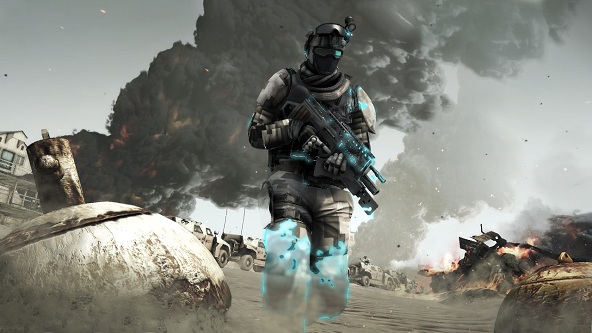
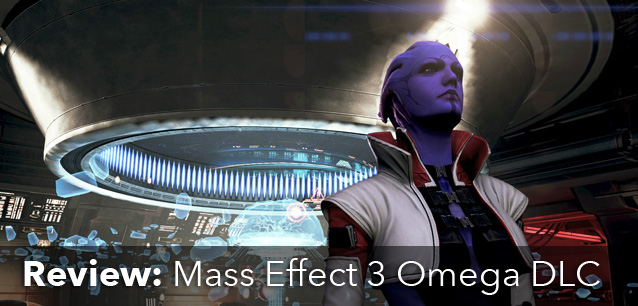
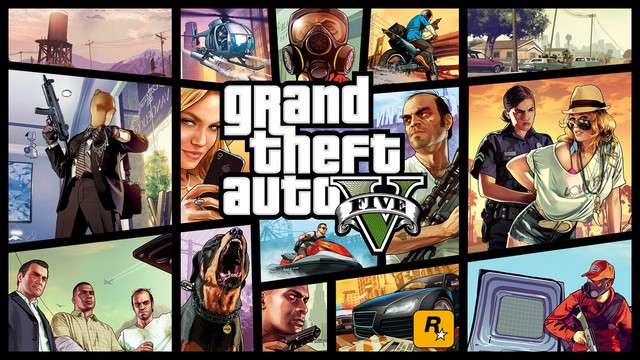

 Watch Dogs Audio Log Locations List
Watch Dogs Audio Log Locations List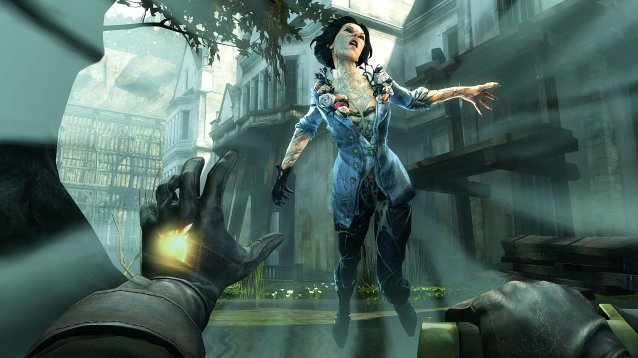 Review: Dishonored Definitive Edition
Review: Dishonored Definitive Edition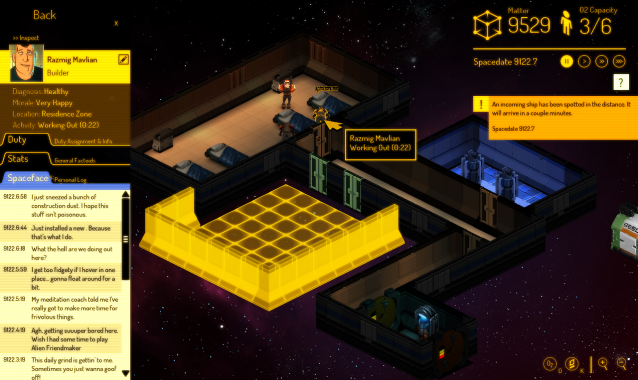 First Impressions of Double Fines Spacebase DF-9
First Impressions of Double Fines Spacebase DF-9 Assassin’s Creed: Brotherhood Multiplayer Guide
Assassin’s Creed: Brotherhood Multiplayer Guide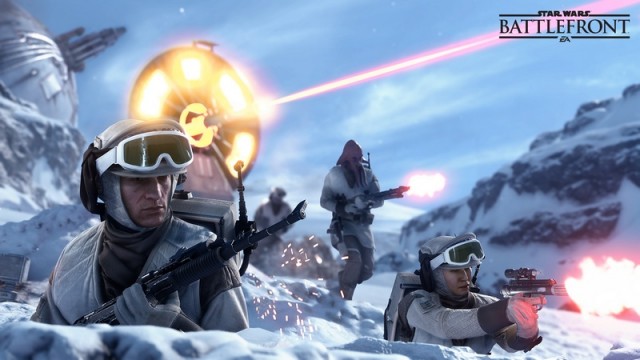 Star Wars Battlefront Beta - How to Rank up Quickly and Teamplay
Star Wars Battlefront Beta - How to Rank up Quickly and Teamplay